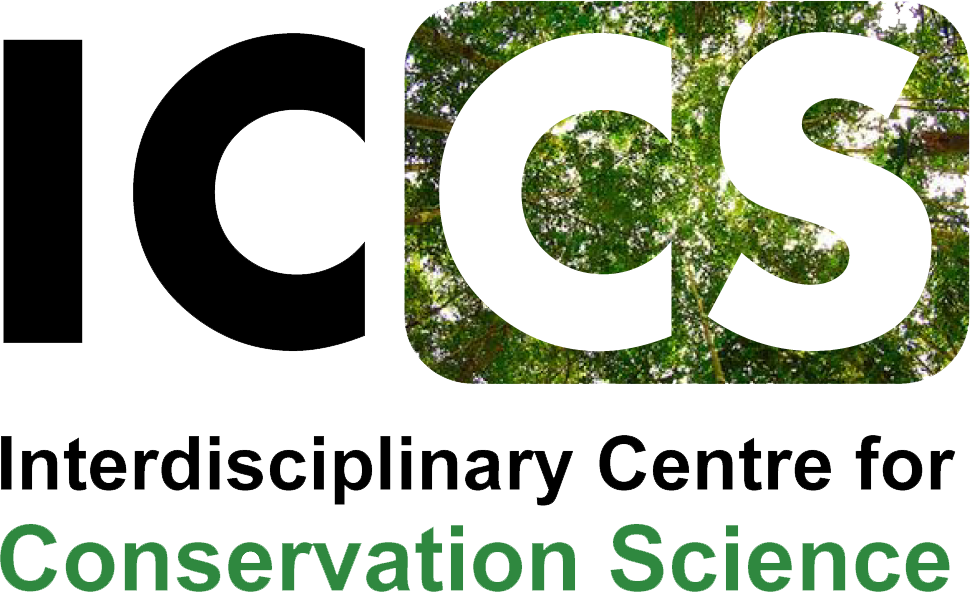This piece was originally published on the website of Jesus College.
New research from Dr Ricardo Rocha, Tutor and Fellow in Biology, reveals how bats and birds play a vital role in pest control in West African countries by feasting on agricultural pests, making them essential to protecting both ecosystems, and farmers’ livelihoods.
The growing demand for rice across West African countries requires urgent pest control strategies that are cost-effective and ecologically sustainable. Insectivorous birds and bats can act as biocontrol agents providing pest suppression services, reducing crop damage and potentially increasing yields.
New research, published online in Agriculture, Ecosystems and Environment, by Ricardo and colleagues, shows that bats and birds consumed nearly 90 species of rice pest insects in West African lowland rice fields.

White-throated bee-eater (Merops albicolis). Image: Dr Ricardo Rocha
By studying predators in the lowland rainfed rice fields of northern Guinea-Bissau, the team identified 2276 predator–prey interactions involving 34 predator species (18 bats, 16 birds) and 1347 different types of prey, including 87 classified rice pests. Bats and birds consumed similar numbers of pest species but exhibited largely distinct diet preferences.
An analysis of the ecological (predator–prey) and ecosystem service (pest-predator) networks revealed that community-wide ecological functions, such as prey consumption, and ecosystem services (e.g. pest suppression) are not necessarily provided by the same species. Distinguishing the overall contributions of individual species and groups of species remains a major challenge for advancing ecological intensification.
Ricardo says, “Our findings highlight the importance of maintaining and managing a diverse community of bats and birds for network resilience, and as a potential nature-based solution for sustainable rice production.”
The research also highlights the need to engage with farmers in the region, who see birds as a major threat to their rice fields rather than potential pest-control agents. A network-based approach allows the identification of species with particularly relevant roles in pest suppression, providing key information to foster more positive attitudes, perceptions, and behaviours among farmers towards wildlife


